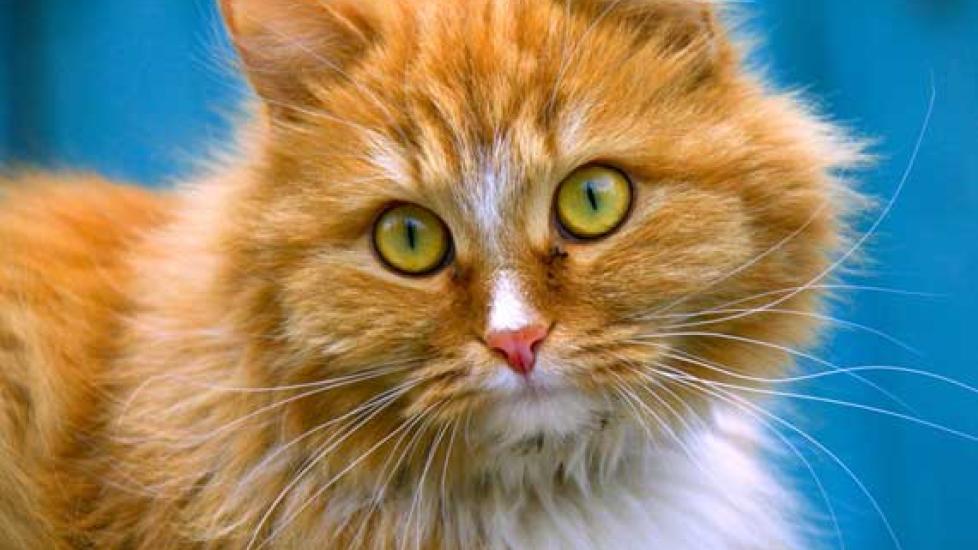Does Breed Make a Difference in a Cat's Urine Odor?
If you could predict the odor strength of a cat’s urine based on its breed and hair length would it influence your choice?
New research in the latest journal Animal Physiology and Animal Nutrition suggests that you may have that information before choosing your next cat. Dutch researchers found that cat breeds with shorter hair had greater quantities of the chemical that causes that “catty odor” urine smell than breeds with longer hair. Why?
What Causes Cat Urine to Smell?
Cat owners all know that distinctive urine cat odor. It is most intense with the urine of intact males and much less in neutered males and unaltered and altered females. The chemical responsible for this odor is appropriately called felinine. Felinine is a sulfur-containing amino acid resulting from normal biological function in the feline body that is excreted in the urine. Sulfur is extremely odiferous and is responsible for the smell created by felinine in the urine. Sulfur is also the mineral that is responsible for the odor experienced with flatulence (i.e., farting).
Felinine production is dependent on two important sulfur containing dietary amino acids: methionine and cysteine. Cysteine is a very important nutrient needed for hair growth.
What the Research Into Cat Urine Odor Found
The researchers analyzed the urine of 83 privately owned cats. They were all intact males and ranged in age from 3-4.5 years. The selected breeds were Abyssinian, British Shorthair, Birman, Norwegian Forest, Persian, Ragdoll, Siberian, and the hairless Sphynx.
The study results showed a significant difference in urine felinine that coincided with breed hair length. The one exception was the Persian, a long haired breed. Although Persians had more felinine in their urine than other long haired breeds, they still had less than the short-haired Abyssinians and the hairless Sphynx.
What is the Significance of Hair Length in Cats?
As mentioned above, the amino acid cysteine is very important for hair growth. Dietary cysteine would therefore compete between hair growth and felinine production. The researchers suggest that longer haired breeds have genetically adapted to favor cysteine use for hair growth rather than urinary production of felinine. This would be an important adaptation in the wild if the diet was cysteine deficient. Animals with shorter hair growth have less demand for cysteine and could eliminate larger quantities of felinine in their urine.
The researchers found the Persian data perplexing. Because the diets in this study were not cysteine deficient, the researcher suggested possible future studies that looked at the same felinine urine production in Persians on a diet deficient in cysteine and methionine, the other sulfur donating amino acid.
Having owned a cat-only veterinary hospital, I was always intrigued by the wide variation of the urine smells of my hospitalized patients. I cannot say that I remember the specifics of the breeds with distinct urine odors, but I know they were not suffering from urinary disease, which can change urine odor. After reading this study I am wondering if my nose wasn’t conducting the same experiment as these Dutch veterinarians those many years ago.
How about you? Have you noticed a breed or hair length trend that correlates with the strength of your cat’s urine odor?

Dr. Ken Tudor
Reference:
Felinine excretion in domestic cat breeds: a preliminary investigation. Hagen-Plantinga EA, Bosch G, Hendriks WH. J Anim Physiol Anim Nutr (Berl). 2014 Jun;98(3):491-6. doi: 10.1111/jpn.12097.
Image: Svetlana Batalina / Shutterstock
